Before long, things started to get messy and clustered. Content was scattered across various drives, there was confusion about the latest file versions, and collaboration was a nightmare.
This kind of disorganization slowed down my productivity and wasted my time. Looking back, I imagine how much more productive the marketing team and I would have been if we had a digital content management (DCM) system.
I've since learned how a digital content management system helps manage content, create a structured approach that can increase efficiency, and maximize digital assets and content.
In this blog post, I‘ll share what I’ve learned about digital content management, how it works, how it can help your team, and more.
Table of Contents
- What Is Digital Content Management?
- Digital Content Management vs. Digital Asset Management
- Benefits of Using Digital Content Management Systems
- Digital Content Management System Examples
How does digital content management work?
Think of your entire content operation as a vast library. Instead of books, this library contains your organization's digital content.
As a librarian helps you find the books you're looking for, a digital content management system (DCMS) uses tags to organize and categorize your content so you can easily find it.
So, instead of spending time you don't have to look for a particular screenshot or document, you can use a DCMS to streamline and accelerate your search.
Here’s a breakdown of what I see as the key components of a DCMS:
- Content Storage. A DCMS stores all digital assets and content files securely. You can upload, categorize, and tag these assets and files so it's easier for you and other team members to locate them quickly.
- Version Control. You update or edit content often. And each time, a new version of said content is saved. A DCMS ensures access to the latest content so you don't accidentally use outdated versions.
- Collaboration Tools. A good DCMS enables users to work simultaneously on a single piece of content. This is helpful for teams working on complex content projects with different stakeholders or teams working in separate time zones.
- Workflow Automation. You can use a DCMS to automate workflows, such as content approvals, task assignments, and publishing. This reduces the number of manual steps required to complete a project and ensures content moves through the pipeline quickly.
- Content Distribution. A DCMS has integration features that allow you to distribute content directly from the system to multiple platforms. Some systems also support scheduling, so you can set up content to publish at a specific time.
- Analytics & Reporting. Finally, some DCMS tools offer built-in analytics to track content performance, like page views, engagement metrics, and conversion rates. This data helps teams refine their strategies based on what’s working and what isn’t.
A DCMS can make a world of difference for any organization looking to optimize its content strategy. But it’s important to note that digital content management isn’t the same as digital asset management.
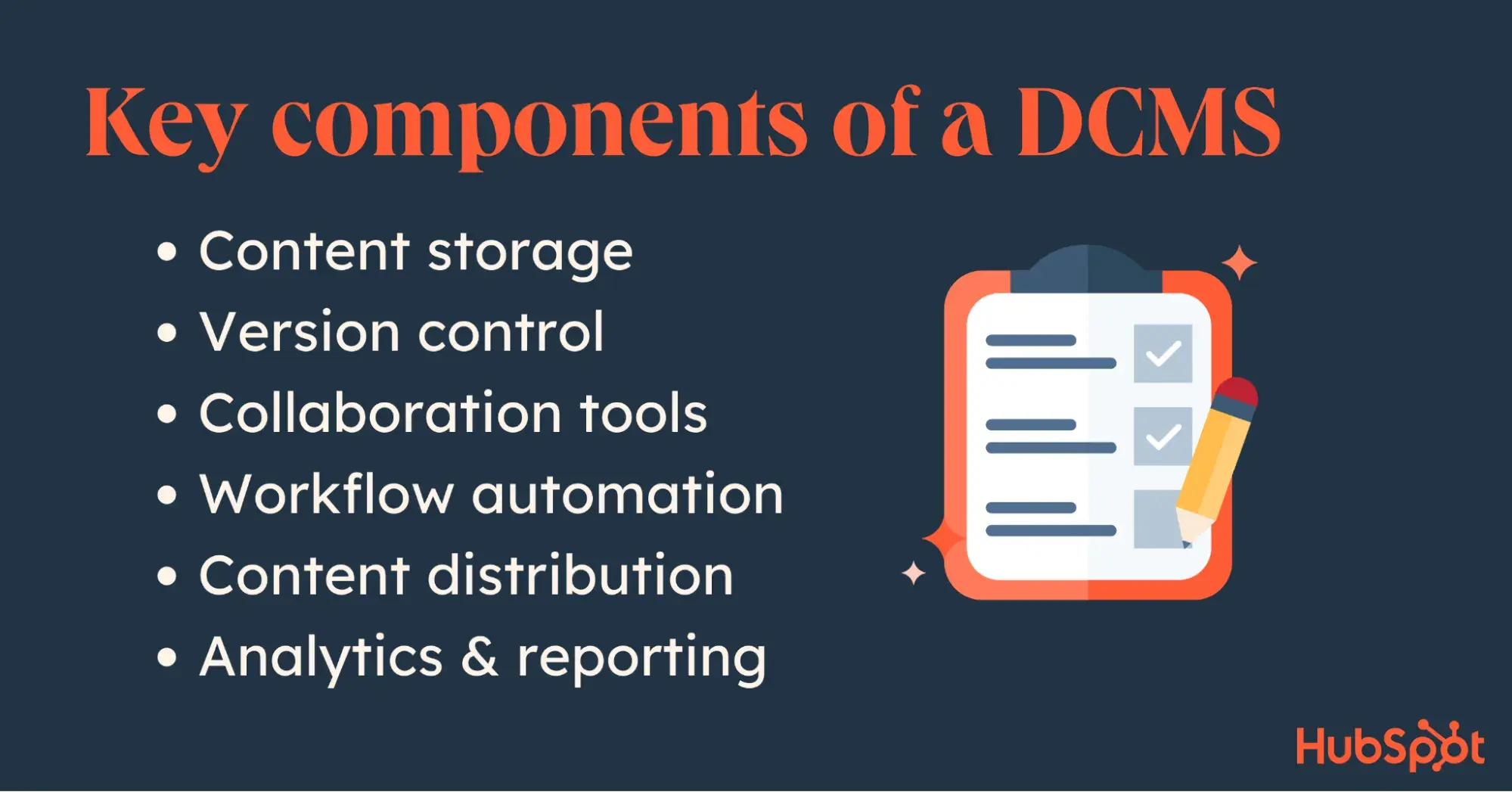
Digital Content Management vs. Digital Asset Management
If you asked me last month to differentiate between digital content management and digital asset management (DAM), I would have said they meant the same thing.
And boy, would I have been wrong.
Although DCM and DAM deal with managing digital files, they serve different purposes.
Here’s a breakdown of how they differ:
- DCM focuses on the entire content lifecycle, from creation to distribution. Teams use a DCMS to manage various content types, including blog posts, web pages, videos, and interactive media. The primary goal of a DCMS is to facilitate content production, collaboration, and publishing.
- DAM centers on organizing and storing digital assets, specifically media files like images, videos, and audio. Marketing and creative teams use DAM systems as a centralized repository for high-quality media files. They focus on asset retrieval, version control, and metadata tagging for easy searching.
For example, you might use a DAM platform to store high-resolution images while you use a DCMS to manage and publish blog posts.
If your organization primarily manages media assets, you might not need more than a DAM. However, if you have a wider range of content and need to streamline the entire content creation and distribution process, a DCMS is the way to go.
Pro tip: I recommend combining DCM and DAM tools if you work with a high volume of media files and digital content. You can find a list of some of our favourite CMS tools here.
Benefits of Using Digital Content Management Systems
Using a DCMS can transform your content processes. Let’s consider some specific benefits that make it a worthwhile investment.
1. Enhanced Collaboration and Workflow Efficiency
Many marketing teams face a collaboration problem. A DCMS resolves with features like real-time collaboration, commenting, and task assignments. This way, your team can work better together and avoid confusion over versions and responsibilities.
According to an Alludo report, 70% of employees believe improving collaboration can boost productivity and save more time. Imagine the impact on your team if everyone had access to the latest content drafts and could provide feedback instantly.
Pro tip: When choosing a DCMS, prioritize tools with integrated collaboration features like shared workspaces, commenting, and automated notifications. These features will save you time and prevent miscommunication.
2. Centralized Content Repository
With a DCMS, all your content is stored in one centralized location, making organizing and retrieving files easy. No more digging through emails and drives to find the latest version of a file. This centralized storage ensures your team can access the content they need anytime, anywhere.
A centralized repository also minimizes the risk of duplicate files or outdated versions circulating. For example, HubSpot’s CMS Hub offers centralized storage and integrates with other tools to keep everything in one place.
3. Improved Content Consistency and Branding
A DCMS makes it easier to maintain brand consistency across all content. You can store brand guidelines, templates, and approved assets in one place so your team can refer to them when creating new content. This ensures that every content piece aligns with your brand’s voice, look, and feel.
Consistency can also significantly impact your bottom line, as seen in Marq's survey of over 400 companies. In the report, 33% of these companies attributed over 20% of their revenue to brand consistency.
When everyone has access to the right resources, creating on-brand content that delivers a cohesive message to your audience is easier.
4. Better Analytics and Performance Tracking
You can only know what's working with your audience when you track your content.
With data, you can optimize your content strategy based on actual performance.
For instance, if a specific blog post is driving significant traffic but has a low conversion rate, you might test revising the call-to-action or updating the content.
Pro tip: Look for a DCMS that integrates with your existing analytics tools, like Google Analytics or your CRM. This gives you a holistic view of your content’s impact across different channels.
5. Streamlined Content Distribution
Many DCMS platforms allow you to publish content directly to your website, social media, email, and other channels. This reduces the need to manually upload content to each platform, saving time and ensuring consistency across platforms.
Some DCM tools even offer scheduling features, allowing users to plan content in advance. This is especially helpful for teams that manage content for multiple brands or regions.
6. Compliance and Security
Compliance is a key concern for organizations in regulated industries. A DCMS can help by offering permission settings, access controls, and audit trails. This way, you can control who can access specific content and ensure that all edits are tracked.
Pro tip: Choose a DCMS with role-based permissions and data encryption to ensure compliance with industry regulations. Look for options that offer audit trails for full transparency on content changes.
7. Time and Cost Savings
Finally, a DCMS can lead to significant time and cost savings.
These savings allow small teams to reallocate resources to more strategic tasks. For larger organizations, they result in a substantial reduction in operational expenses.
When you do the math, you'll see that a DCMS is one of the best investments for long-term efficiency gains.
Digital Content Management System Examples
Let’s examine some popular DCMS options and what sets them apart. This will give you a better idea of which might be right for your team.
1. HubSpot CMS Hub
Who It’s For: Small to large businesses looking for an all-in-one marketing platform.
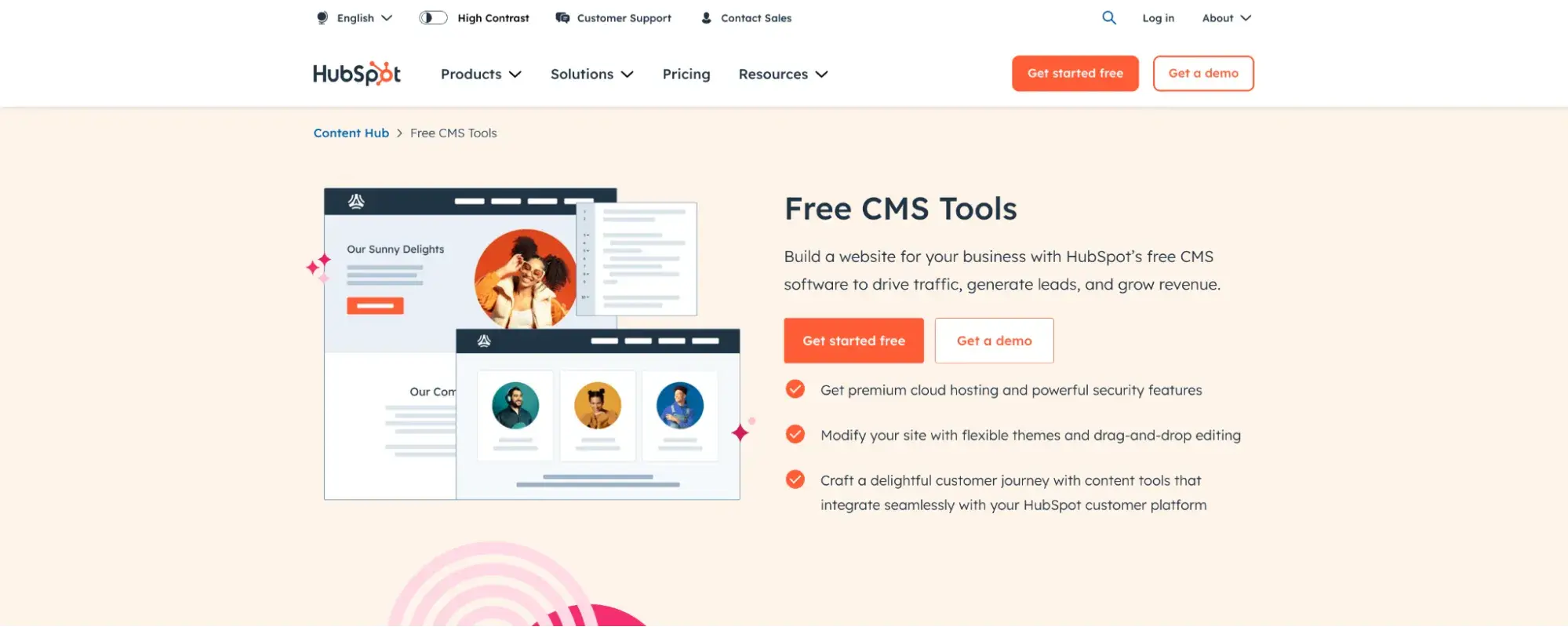
HubSpot combines content management with marketing automation and CRM features, making it ideal for organizations looking for an all-in-one solution.
I appreciate its user-friendly interface, which allows teams to create, optimize, and publish content without technical expertise.
One standout feature is its free web hosting. You’d agree that no matter how good your web content is, it wouldn’t be worth much if nobody saw it. That is why you need infrastructure that ensures your content is secure and reaches your customers.
I also love that I can manage content while also tracking leads and customer interactions in one place. This integration simplifies the workflow significantly, making it easier to execute inbound marketing strategies effectively.
2. WordPress
Who It’s For: Ideal for bloggers, small businesses, and large corporations.
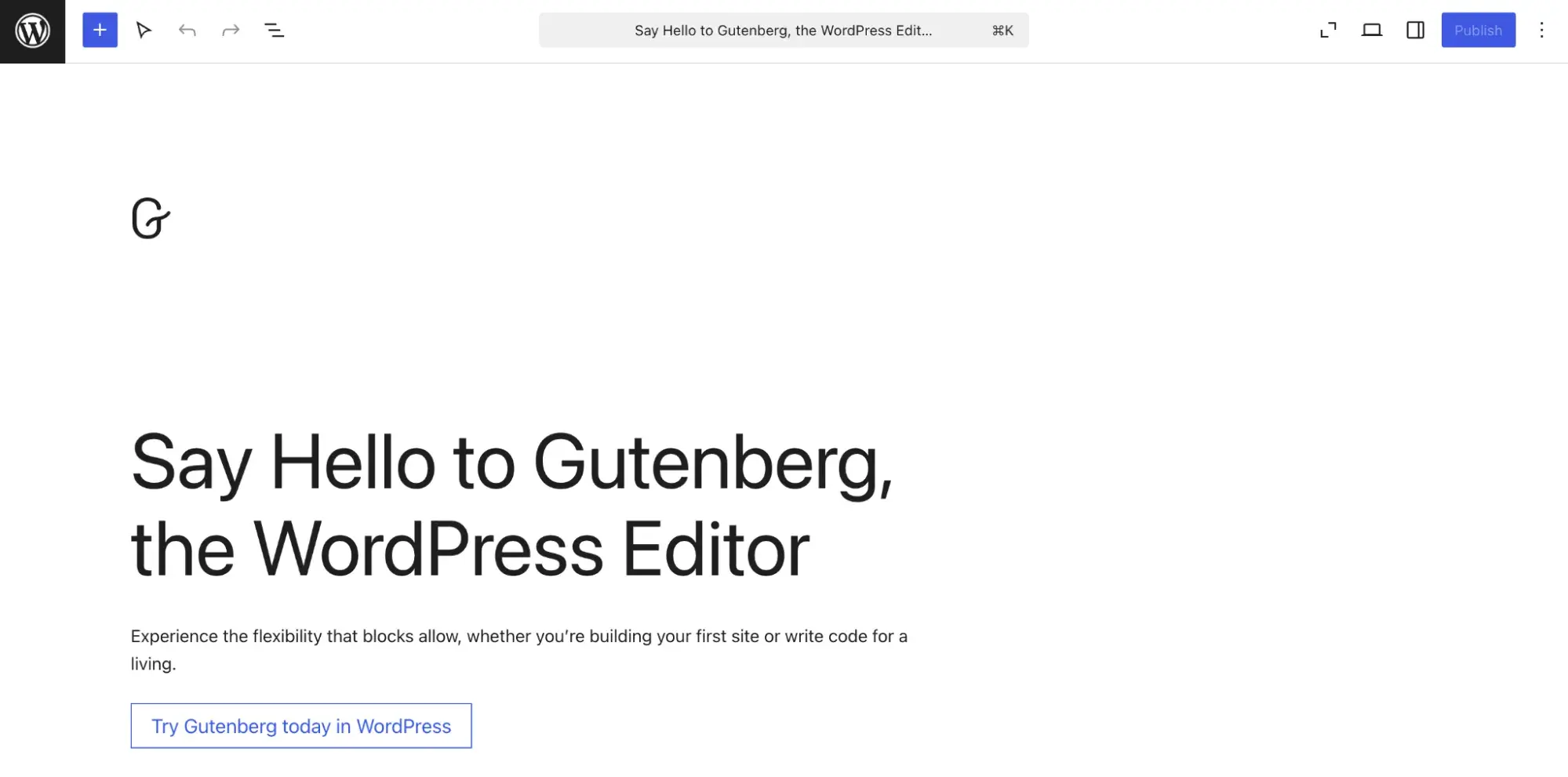
WordPress is an open-source CMS with a massive library of plugins and themes, making it one of the most customizable platforms available.
WordPress is incredibly versatile and is an excellent choice for teams needing flexibility and content control.
With the right plugins, you can adapt your site to meet your company’s needs.
3. Optimizely
Who It’s For: Enterprise-level content management.
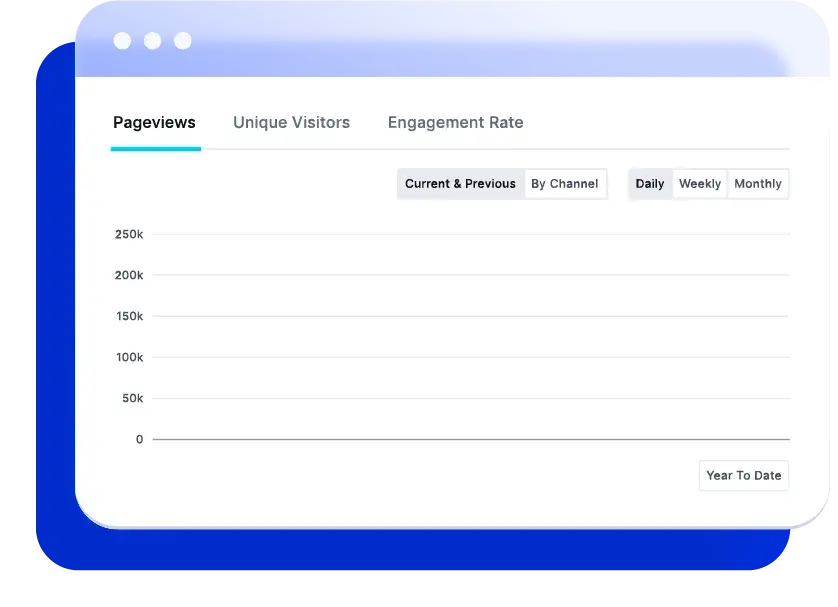
Optimizely offers advanced personalization and testing features, which allow you to tailor content to specific audience segments.
I find Optimizely is particularly valuable for teams looking to experiment with content and optimize based on data.
Its user-friendly interface and powerful A/B testing tools make it a great choice for large organizations focused on delivering personalized content experiences.
4. Adobe Experience Manager (AEM)
Who It’s For: Marketing teams at enterprise-level organizations
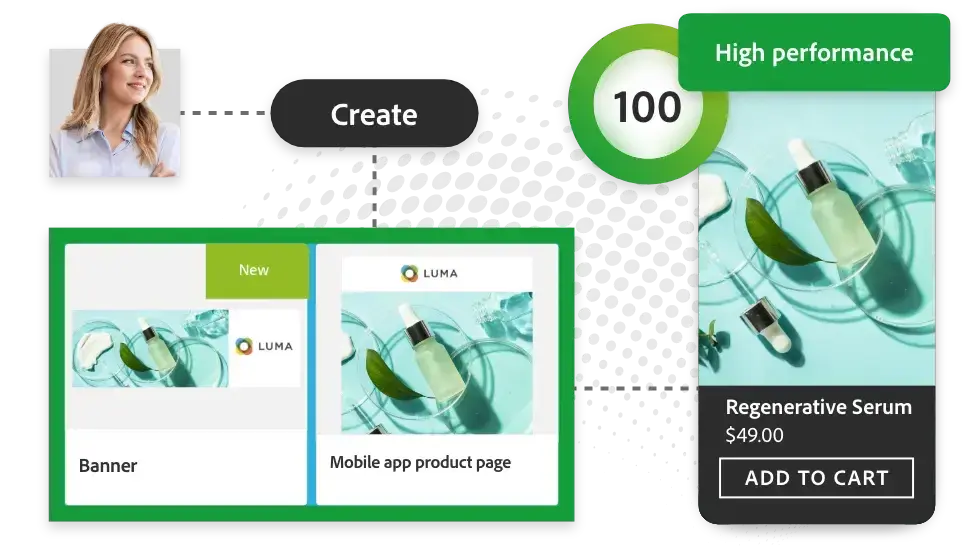
Adobe Experience Manager is another enterprise-grade DCMS known for its scalability and robust digital asset management capabilities.
AEM offers tools for content creation, management, and optimization, as well as integration with other Adobe Creative Cloud products. This makes it a strong option for creative teams working with large volumes of media files.
I found AEM to be more complex than most DCMS as it might require dedicated IT resources for implementation and maintenance. However, if your organization has the resources, AEM is a powerful tool that can handle sophisticated content needs.
5. Drupal
Who It’s For: Best suited for enterprise-level solutions, government agencies, and organizations that require high security and customization.
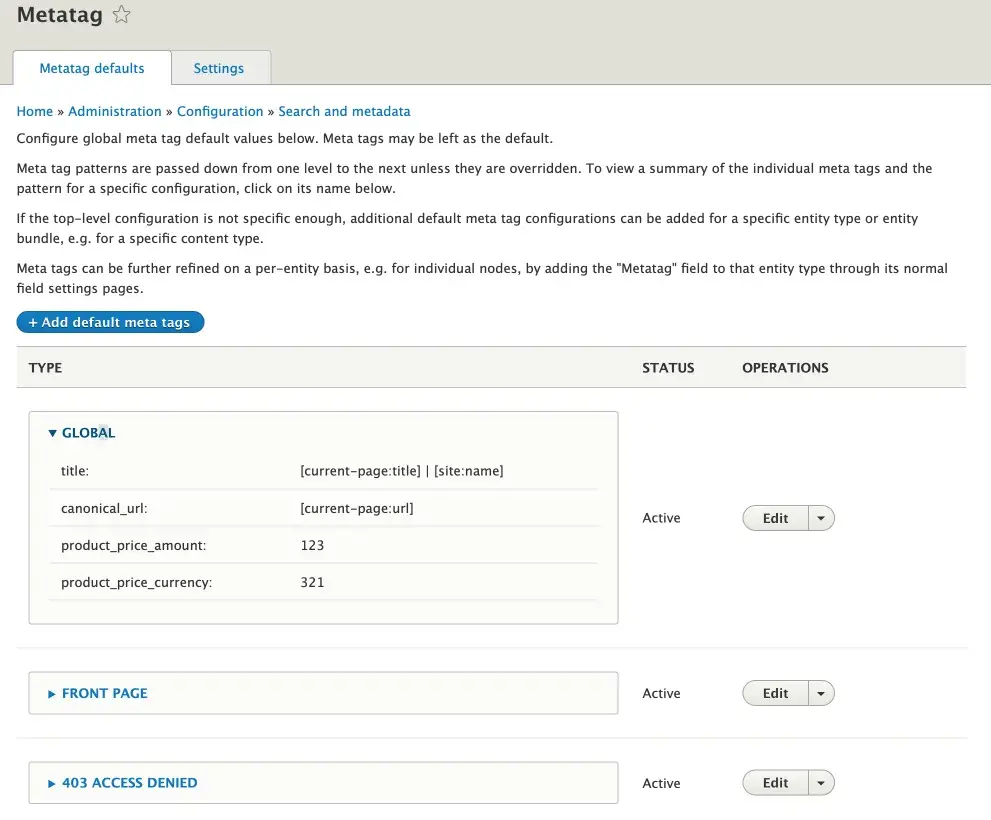
Drupal is known for its robust security features, making it a preferred choice for sensitive applications.
It allows developers to create highly customized solutions tailored to specific organizational needs.
While Drupal has a steeper learning curve than WordPress, I appreciate its power and flexibility for larger projects. If I’m working on a complex site with significant data requirements, Drupal is often my choice due to its scalability and security capabilities.
6. Joomla
Who It’s For: Users looking for a balance between ease of use and technical control; suitable for building websites, intranets, or mobile apps.
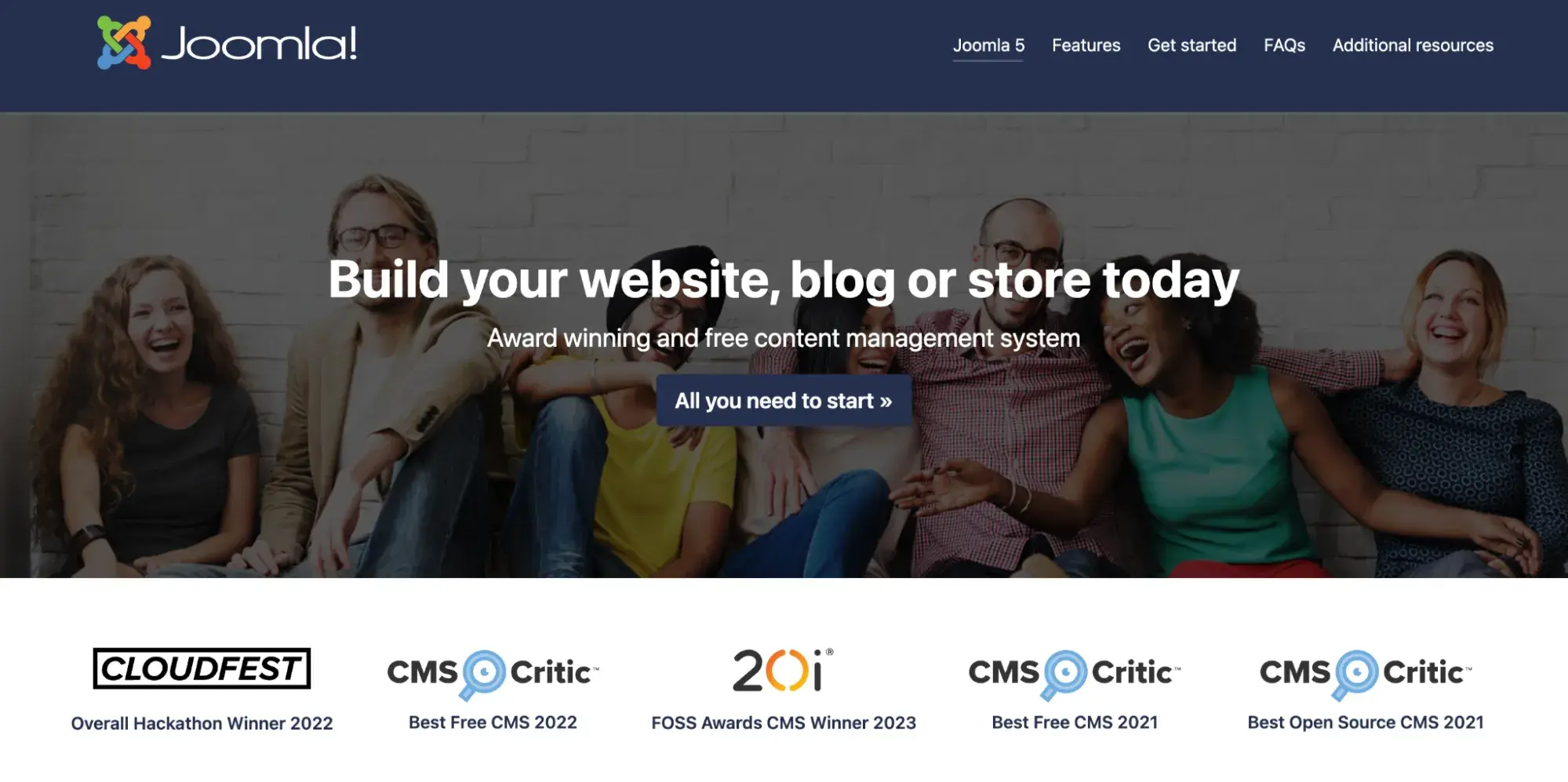
Joomla offers a flexible framework that allows developers to create complex sites without starting from scratch.
The system has a robust community that provides extensive resources and extensions.
Joomla strikes a nice balance between user-friendliness and technical capability. While it may not be as intuitive as WordPress for beginners, I appreciate the control it gives me as a developer when building more intricate applications or websites.
Get Your Digital Content in Order
As I researched and wrote this post, I was reminded of the importance of having a structured content management process.
A good DCMS isn’t just about storing files. It’s about creating a seamless experience for your team, enhancing collaboration, and ensuring your content reaches the right audience at the right time.
If you’re managing digital content and feeling overwhelmed, consider investing in a DCMS. The right system can save you time, improve your workflow, and help you create more impactful content. Evaluate your team’s needs, explore your options, and choose a platform that aligns with your goals.
Content Management System








![20 Best Membership Website Builders and Platforms [+My Favorite Examples]](https://53.fs1.hubspotusercontent-na1.net/hubfs/53/14%20Best%20Membership%20Website%20Builders%20and%20Platforms%20in%202022%20%5B+%20Website%20Examples%5D.png)



